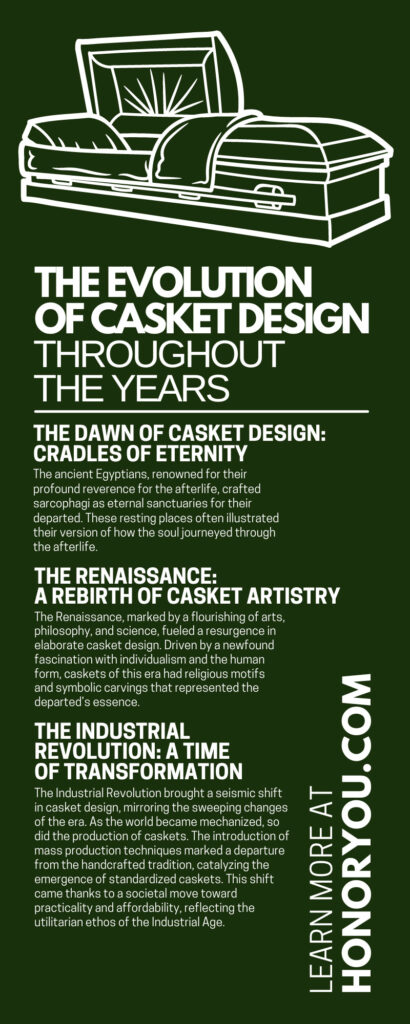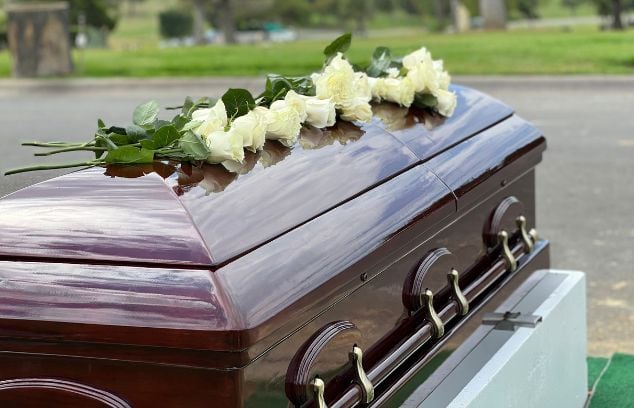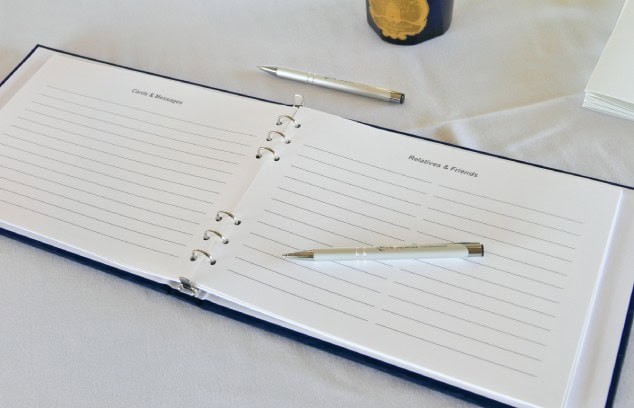The Evolution of Casket Design Throughout the Years

Understanding How Grief Can Affect Relationships
January 25, 2024
Choosing the Right Photos for Your Funeral Programs
February 1, 2024As we journey through life, our experiences, joys, and sorrows carve a unique narrative in our existence. It’s the story that deserves an honorable conclusion. For many, we bestow that honor in our final resting place—the casket. The casket’s design is more than simple aesthetic or function—it stands for our closing chapter in life. Just as life is diverse and varied, so too are casket designs.
Delving into the evolution of casket design, we’re capturing glimpses throughout the years of how various human civilizations delivered their final goodbyes. From the ornately carved sarcophagi of ancient Egypt to the modern innovations of personalization and eco-friendly design, each era leaves its indelible mark on this intimate artifact. Let’s traverse this fascinating timeline, peeling back the layers of history to uncover the symbolism, artisanship, and heart within the art of casket design.
The Dawn of Casket Design: Cradles of Eternity
In the cradle of civilization, our ancestors began an intimate dance with death, a waltz that would manifest as the first caskets.
The Egyptians
The ancient Egyptians, renowned for their profound reverence for the afterlife, crafted sarcophagi as eternal sanctuaries for their departed. These resting places often illustrated their version of how the soul journeyed through the afterlife.
The Greeks and Romans
In parallel, the Greeks and the Romans, with their penchant for grandeur and beauty, left their imprints on early casket design. They fashioned burial chests from stone and marble, often embellishing them with sculptures and intricate carvings that symbolized the departed’s virtues and achievements.
The Medieval Period
As we transition into the medieval period, casket design evolved to reflect the sad times. Ornate burial chests, fashioned from durable wood and ironwork, offered a stark contrast to the earlier eras. These caskets served as silent storytellers, narrating the tales of their inhabitants and marking the beginning of humankind’s ongoing endeavor to immortalize the ephemeral nature of existence.
The Renaissance: A Rebirth of Casket Artistry
The Renaissance, marked by a flourishing of arts, philosophy, and science, fueled a resurgence in elaborate casket design. Driven by a newfound fascination with individualism and the human form, caskets of this era had religious motifs and symbolic carvings that represented the departed’s essence.
The Baroque Period and Rococo Era
Moving into the Baroque period, intricate carvings, gilded accents, and plush fabrics became the hallmarks of casket design. The emphasis shifted toward displaying opulence and grandeur, inspired by the royal courts and religious institutions that dominated the era.
As we traverse into the Rococo era, caskets became increasingly elaborate, reflecting the glitz of the times. Influenced by royalty and nobility, casket designs incorporated intricate detailing, curvature forms, and lighter color palettes, embodying the frivolity and exuberance of the Rococo spirit. As we journey through these eras, we grasp the cyclical nature of casket design.
The Industrial Revolution: A Time of Transformation
The Industrial Revolution brought a seismic shift in casket design, mirroring the sweeping changes of the era. As the world became mechanized, so did the production of caskets. The introduction of mass production techniques marked a departure from the handcrafted tradition, catalyzing the emergence of standardized caskets. This shift came thanks to a societal move toward practicality and affordability, reflecting the utilitarian ethos of the Industrial Age.
However, this age wasn’t functional pragmatism. The changing societal attitudes toward death and mourning influenced casket design aesthetics. This period gradually transitioned from brazen displays of wealth and status to a more subdued and respectful expression of mourning. This shift in the cultural zeitgeist came with simplifying casket designs, marking the beginning of modern coffin design. As we navigate through this period’s industrialized landscape, we see the nuanced interplay between societal evolution and personal commemoration, a discourse that continues to shape the design of caskets today.
The Victorian Era: A Symphony of Elegance and Symbolism
The Victorian era brought a wave of ornate elegance and rich symbolism in casket design. The influence of Queen Victoria’s profound public mourning for her beloved Prince Albert led to an era of expressing grief with grandeur. Casket manufacturers drenched coffins with opulent, intricate detailing in this age and used more commonplace materials, such as precious metals, silk, and velvet.
Why Are There Intricate Designs on Victorian-Era Coffins?
Moreover, many of us know the Victorians for their sentimentality and their penchant for symbolism, which found its way into casket design. The motifs carved and engraved onto these final resting places bore deep meanings, representing virtues such as love, hope, and faith. The design of a casket became a canvas to illustrate the narrative of the departed’s life, a silent declaration of their legacy.
In this era, we see a harmonious blend of luxury, symbolism, and sentimentality, reflecting the time’s societal norms and personal preferences. This period illustrates the profound impact of societal and cultural shifts on casket design, augmenting our understanding of the intricate relationship between death, mourning, and the human experience. Through the Victorian lens, we gain a richer understanding of casket design’s role in the grief and remembrance process.
Modern Innovations: The Dawn of Personalization and Sustainability
The dawn of the 20th century brought a wave of modern innovations, transforming the face of casket design. With new materials and construction techniques, casket crafting evolved from traditional woodworking to incorporate metals, plastics, and biodegradable materials. This change reflected major shifts in societal values toward sustainability and environmental consciousness.
What Other Changes Do We See Today?
The modern era also noticed a significant trend toward customization and personalization in casket design. Today, a casket can reflect the deceased’s unique personality, interests, and beliefs, creating a more intimate and meaningful farewell. From personalized engraving and unique finishes to custom interior fabrics, the possibility of personalization offers a tangible way to commemorate and honor a loved one’s life.
The introduction of eco-friendly caskets further mirrors contemporary society’s growing environmental consciousness. Biodegradable caskets from bamboo, seagrass, or recycled paper call for sustainable practices, even in death.
As we explore the modern innovations in casket design, we find ourselves reminded of the intricate relationship between societal evolution, technological advancements, and our ever-changing approach to death and mourning. This intersection narrates a profound commentary on our continued effort to honor our departed in a manner that resonates with our values, beliefs, and times.
Casket design throughout history is an expressed reminder of our shared mortality and the lasting legacy we leave behind. From ancient sarcophagi to modern designs, each casket choice encapsulates a life lived and serves as a comforting vessel that immortalizes precious memories. Beyond aesthetics, caskets also reflect societal norms, personal preferences, and the growing importance of sustainability.
How do you plan to remember your loved ones? Get creative and showcase their personality, beliefs, and interests by designing a casket with pictures on it. Honor You is here to help you find the best commemorative ways to honor and remember your loved one.



